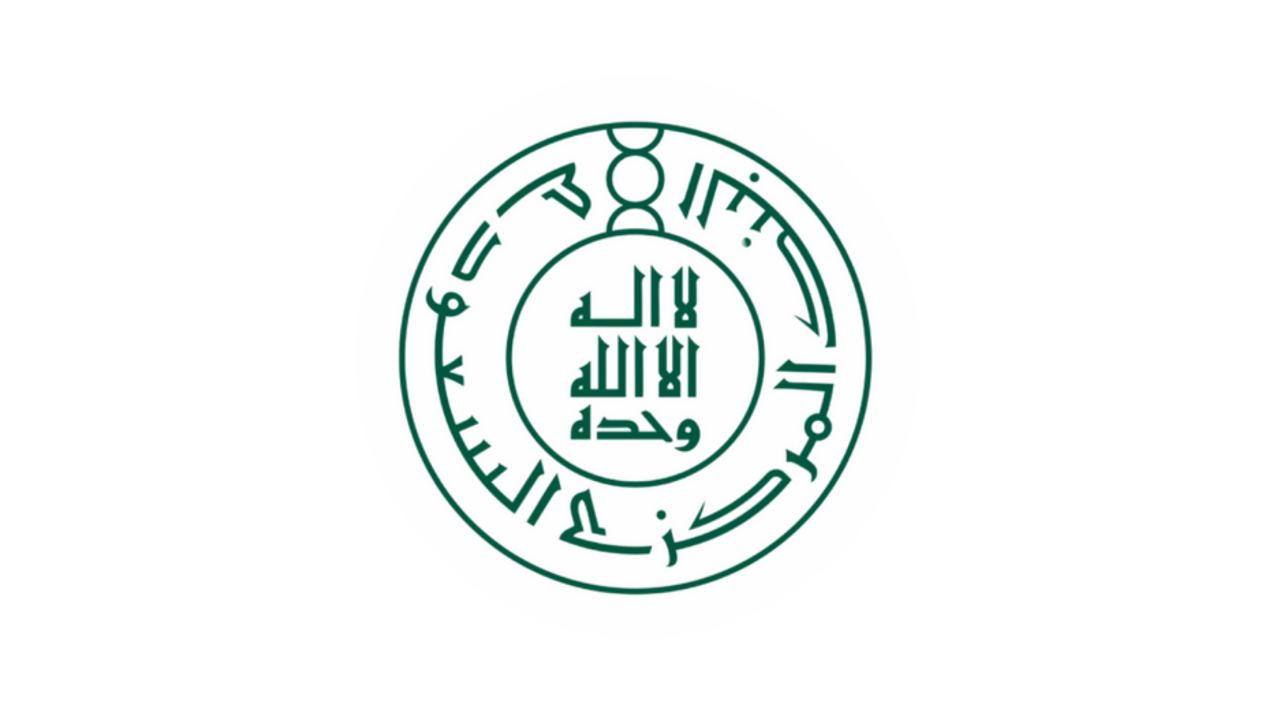SAMA Cybersecurity Framework

What is the SAMA Cybersecurity Framework?
The SAMA Cybersecurity Framework, introduced by the Saudi Arabian Monetary Authority (SAMA), provides a structured set of requirements designed to enhance the security posture of financial institutions in Saudi Arabia. Adopting the SAMA Cybersecurity Framework compliance approach ensures financial institutions in Saudi Arabia stay secure, resilient, and audit-ready.
First published in 2017 and updated with a Maturity Model, the framework aligns with global best practices like ISO 27001, NIST, and COBIT while addressing region-specific challenges in the financial sector.
Who Needs to Comply with SAMA?
SAMA requires all financial entities under its supervision to comply with the framework, including:
- Banks and financial institutions
- Insurance and reinsurance companies
- Financing and leasing companies
- Credit bureaus and payment service providers
- Other entities licensed by SAMA
Third-party vendors working with these organizations are also expected to align with the cybersecurity requirements.
Why SAMA Compliance Matters in 2025
Cyberattacks against the financial sector are growing more sophisticated, targeting sensitive customer data and critical payment infrastructure. SAMA compliance ensures:
- Protection against financial fraud and data breaches
- Stronger trust with customers and regulators
- Access to enterprise contracts and licenses
- Avoidance of penalties or license suspension
Failure to comply can result in severe fines, regulatory actions, or reputational damage.
Key Domains of the SAMA Cybersecurity Framework
The framework is structured into 4 domains, 96 controls, and 29 sub-controls, covering:
- Governance – Cybersecurity strategy, policies, roles, and responsibilities.
- Risk Management – Risk assessments, incident management, and business continuity.
- Operations & Technology – Access control, encryption, patching, and monitoring.
- Third-Party Security – Vendor risk management, outsourcing guidelines, and contracts.
Additionally, the Maturity Model requires organizations to achieve defined levels of cybersecurity capability, from Initial (1) to Adaptive (5).
Challenges in Traditional SAMA Compliance
- Manual evidence collection is time-consuming.
- Coordinating policies across multiple departments is complex.
- Maintaining maturity level progression requires constant monitoring.
- Vendor risk management is difficult without centralized tools.
How Sahl Helps You Achieve SAMA Compliance in Weeks
Sahl’s AI-powered RegTech platform transforms how financial institutions approach compliance:
- AI Risk & Control Mapping – Automatically identifies gaps against SAMA controls.
- Policy Automation – Pre-built, customizable policies aligned with SAMA requirements.
- Evidence Collection – Real-time integration with your systems to collect and organize audit evidence.
- Vendor Risk Management – Assess, track, and mitigate third-party risks effortlessly.
- Compliance Dashboards – Monitor maturity levels and track progress with clarity.
With Sahl, you can achieve SAMA compliance in weeks, not months, while reducing manual work by up to 80%.
Sustaining Long-Term SAMA Compliance
Compliance isn’t a one-time event. Sahl helps organizations stay audit-ready by:
- Automating continuous monitoring of controls.
- Updating policies with new SAMA requirements.
- Providing expert support for audits and maturity assessments.
- Offering scalable compliance solutions for growing financial institutions.
Want to see how Sahl's Compliance Automation platform can make SAMA easy?
FAQs
1. What is the SAMA Cybersecurity Framework?
It’s a set of cybersecurity controls defined by the Saudi Arabian Monetary Authority to safeguard financial institutions from cyber threats.
2. Who must comply with SAMA requirements?
Banks, insurers, payment providers, and all financial entities regulated by SAMA must comply, along with their third-party vendors.
3. What are the penalties for non-compliance?
Non-compliance can result in fines, suspension of licenses, or restrictions on business operations.
4. How long does it take to get SAMA compliant?
Traditionally months, but with automation from Sahl, organizations can achieve compliance within weeks.
5. How does Sahl help with SAMA compliance?
Sahl automates risk assessments, policy creation, evidence collection, and vendor management to streamline compliance.

